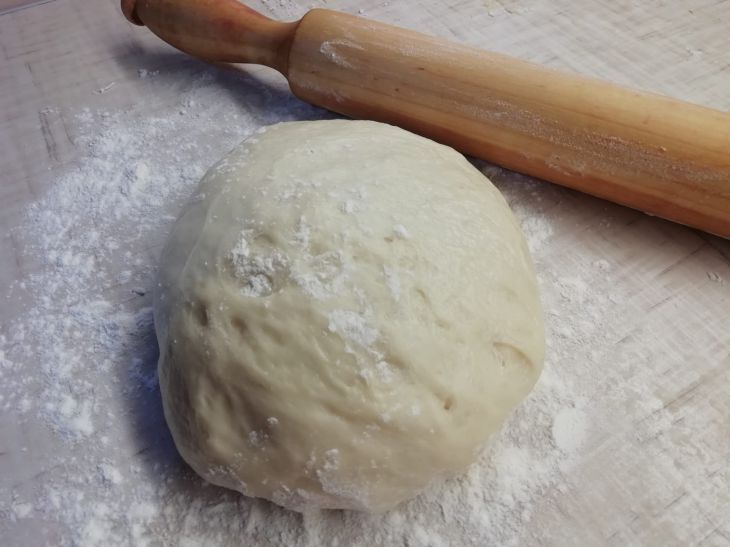Why yeast dough does not rise: experienced housewives revealed the main reasons
Yeast-based baked goods are considered to be some of the most delicious, but the work can be difficult.
For example, the workpiece may fail and not rise.
As a result, our efforts will be in vain.
Why yeast dough does not rise
Initial quality of the product
When buying yeast, you should initially pay attention to the quality. If the product was stored correctly (the packaging looks intact, the storage conditions specified by the manufacturer are observed), then the yeast can safely be thrown into the basket.
But at home, you also need to store the "capricious" product correctly. If we are talking about dry yeast, then it should be stored without contact with air.

But briquette yeast does not tolerate high humidity well.
Proportions
Some housewives add yeast by eye, which can result in either too little or too much. Therefore, it is worth following a simple rule: take no more than 15 grams of product per kilogram of flour.
However, it is worth considering that a large amount of fat in the recipe (oil) or chicken eggs requires an increase in the proportion of yeast.
Sugar
Yeast dough requires a fairly large amount of sugar, as this is a necessary condition for preparing high-quality baked goods.
So make sure there is a lot of sugar in the recipe.
Water temperature
Yeast is first diluted in water, but not everyone knows that the product has its own requirements regarding the temperature of the liquid.
As a rule, the water should warm up to 37 degrees.
Temperature in the kitchen
Yeast dough rises only if you have managed to provide the required level of heat in the room. If the kitchen is cool, the dough will hardly want to rise.
That's why it's customary to wrap the dough in a blanket or place it closer to the radiator.
